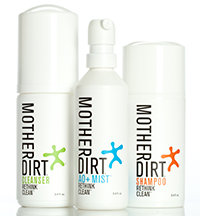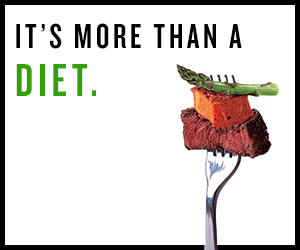In the latest installment of a debate I commented on earlier, T. Colin Campbell continues to bear no resemblance to a scientist (“critics like her would like nothing better than to get me to spend all my time answering detailed questions, but I simply will not do this”).
Denise Minger, who is only 23, continues to resemble a fine one.











Recent Comments